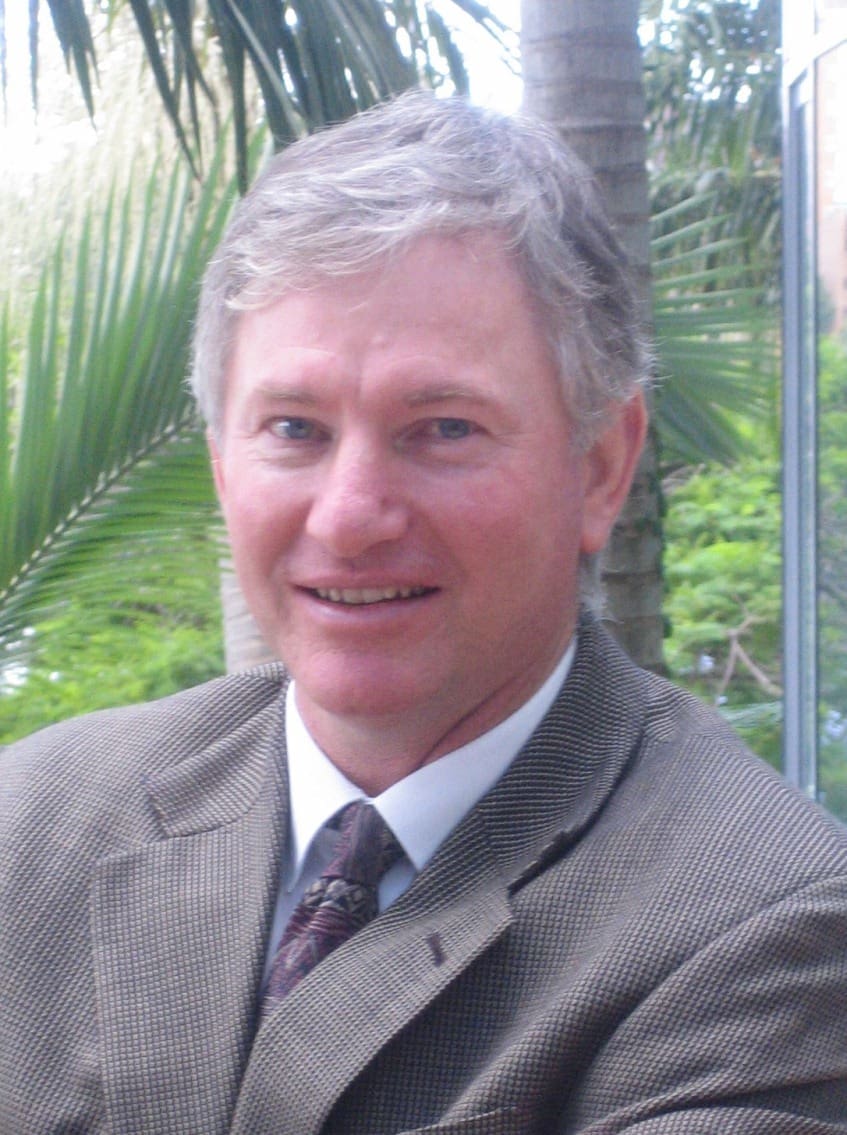DROUGHT conditions, particularly across the company’s Channel Country grass-finishing properties, have impacted heavily again on corporate beef producer S. Kidman and Co’s financial performance for the 2013-14 year, reported this morning.
 Kidman reported an after tax loss of $1.4 million for the 2013-14 financial year, on top of an even larger $3.3 million loss the year before, due to accumulated drought impact.
Kidman reported an after tax loss of $1.4 million for the 2013-14 financial year, on top of an even larger $3.3 million loss the year before, due to accumulated drought impact.
A second summer of low to negligible rainfall on Kidman’s Queensland Channel Country properties and to a lesser extent across northern South Australia forced the Kidman herd to be sold down by 15 percent last financial year, to 182,000 head, resulting in positive net operating cash flow of $9.3 million.
The closing herd, down from 214,000 head a year earlier, is possibly the smallest herd size recorded since the company’s purchase of Helen Springs about ten years ago.
The past two net loss results are in sharp contrast with the two preceding years of abundant rainfall, which produced net profits of $9.7m in 2011-12, and $20.5m the year before that.
Despite a small rise in cattle prices over the financial year, the market value of the reduced herd was $12.3 million lower than the previous year, which under accounting rules, is offset against sales earnings.
Board chairman John Crosby noted the significant upturn in cattle prices since the June 30 balance date, at last starting to reflect the ongoing high demand and high international pricing for beef.
He said the tough seasonal conditions had continued since July and although the Kidman herd continues to be prudently sold-down, at this point of the new financial year, prices for sale stock were much improved.
With the lack of spring rain across southern Australia, there was another big cattle turnoff occurring across that region, again starting to push prices lower.
Kidman’s net operating cash flow result last year of $9.3 million remained solidly in the black, indicating the sound fundamentals in the business. There were no impairments to valuations on land and improvements, which continue to be conservatively valued.
Managing director Greg Campbell said the company’s continued strong cash position, meant last year’s loss was, to some extent, a book exercise, because the herd was being sold down at prices below carrying value.
“Once again last year we had to sell cattle that were not part of the normal turnoff process, and that change in the value of the herd comes through, and gets booked at a profit or a loss,” he said.
Under Accounting Standard AASB 141, any changes in the value of Kidman’s herd on hand are marked as profit or loss.
The generation of cash flow meant the company was still able to pay a dividend, and re-invest in infrastructure improvement on the properties.
Mr Campbell said the herd reduction had implications for the future, however, reducing the ability to produce cattle and turnoff in the year ahead, and probably the year after that.
He said preg testing, now more or less completed, had indicated numbers of calves this coming year would probably be back 10 percent on normal expected branding rates.
Worst hit this year were the Channel Country properties including Durham Downs, Glengyle, Innamincka, Morney Plains and Naryilco, plus a breeding property in South Australia’s north, Macumba.
With the lack of feed in the Channel Country, more cattle had been held-back on the northern breeding properties, which are generally in much better shape.
“Luckily the live export market has come back strongly this year, so we’ve had markets for those cattle, at lighter weights,” Mr Campbell said.
In the recent past, Kidman has sold only very small numbers of cattle into the live export trade, with most of the turnoff cattle heading south and east into traditional slaughter markets.
Over the past 12 months, however, with the resurgence in the live trade and stronger markets, a much larger proportion – perhaps a third of the company’s entire turnoff – had gone onto boats out of the north.
Assuming there was an average to good summer season ahead, Mr Campbell estimated it would take two full years to recover numbers and productivity.
Again, the company’s Tungali feedlot near Sedan in South Australia’s southeast has been kept close to full all year.
‘We’ve fed a lot of our own cattle – on fairly slim margins, it should be said – but at the moment we are buying in southern British feeder cattle at quite good rates, and grainfed profitability has improved,” he said.
Tungali is a smaller 3300 head capacity feedlot, feeding mostly 100-day steers for export.
“It allows us to turn cattle impacted by drought, for which it was hard to find markets, into a fat animal – and there’s always been a market for fat cattle this past year,” Mr Campbell said.
“Particularly in South Australia where the season is shaping up as a reasonable grain harvest this year, we often see a bit of a dip in grain prices, and the margins on lotfeeding just at the moment are quite good,” he said.
Kidman is one of Australia’s largest landholders, operating pastoral leases covering 110,000sq km in three states and the Northern Territory.
As an unlisted public company, Kidman is under no obligation to publicly disclose its financials, but it has full audited accounts reporting responsibilities with ASIC, meaning the information can be accessed via a search.

